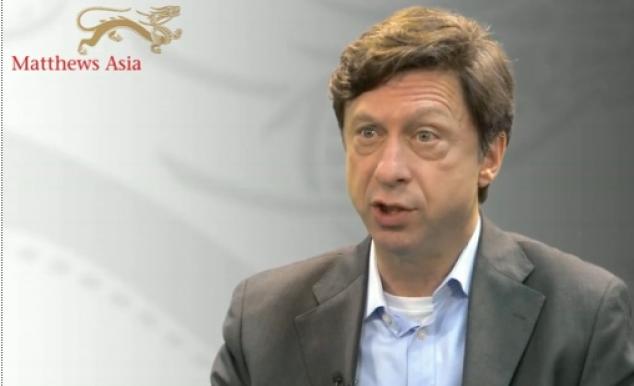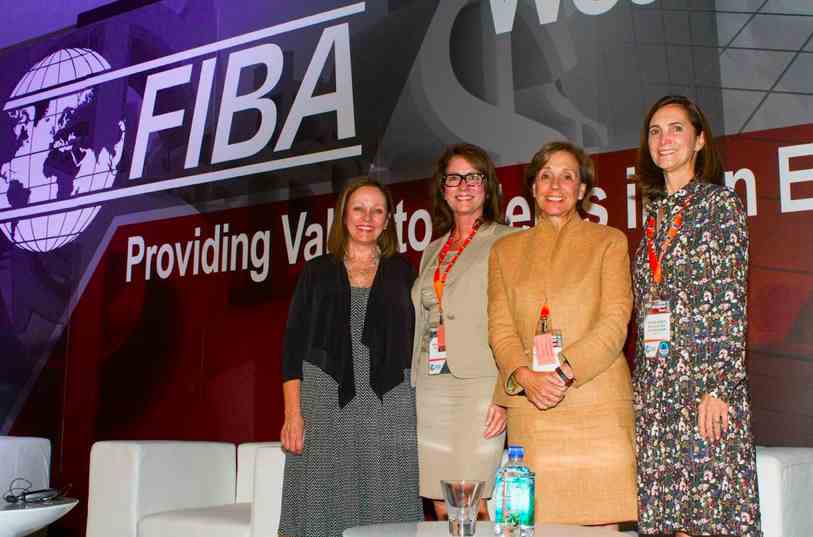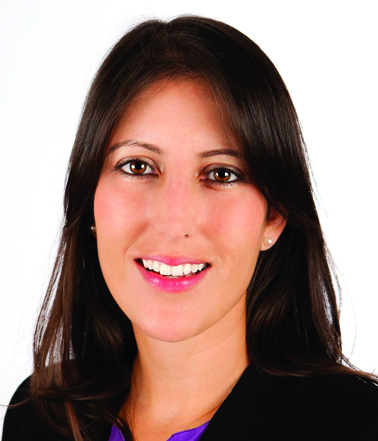The Carlyle Group Acquires Postcard Inn Beach Resort at Holiday Isle and La Siesta Resort on Islamorada
| For Alicia Miguel | 0 Comentarios

Global alternative asset manager The Carlyle Group has announced the acquisition of two Florida Keys hotels in Islamorada – the Postcard Inn Beach Resort at Holiday Isle and La Siesta Resort. The two hotels join the Islamorada Resort and Pelican Cove Resort & Marina in Carlyle’s Islamorada hotel portfolio. The four properties will form the newly created Islamorada Hotel Company and be managed by Trust Hospitality. Equity for the transactions comes from Carlyle Realty Partners VII, a $2.34 billion U.S. real estate fund.
Postcard Inn is a 151-room resort at Mile Marker 84 in Islamorada. The oceanfront resort is an iconic property featuring eclectic guestrooms, the largest private beach in Islamorada, watersports, two pools, ocean-side marina and a variety of food and beverage options, including the World Famous Tiki Bar. La Siesta is an all-suite beach hotel on six tropical acres on the Oceanside of Islamorada at Mile Marker 80.2. The hotel features cottages with full kitchens and complimentary use of kayaks and bicycles.
The Postcard Inn will undergo renovations beginning with upgrades to guest bathrooms, which are scheduled to begin by the end of the year. Improvements to common areas, the marina, and food and beverage options will begin in 2015. La Siesta’s renovations will start in late 2015 and will also include a refresh of the guestrooms and common areas. In total, Carlyle plans approximately $18 million in renovations to the Postcard Inn and La Siesta.
“As a Miami-based hotel management company, we are thrilled to further expand our portfolio into the Florida Keys,” said Patrick Goddard, president & COO of Trust Hospitality. “We’re eager to bring a new level of service and style to the Postcard Inn and La Siesta Resort while providing guests and locals a new and vibrant way to experience Islamorada. No significant changes to staffing levels are anticipated.”
“These Islamorada properties are in high quality locations and have significant upside potential following renovations and management enhancements,” said Thad Paul, Managing Director at The Carlyle Group. “With the planned changes, we’re confident that guests and the residents of Islamorada will continue to embrace the properties and support tourism efforts on Islamorada.”
Over the last year, The Carlyle Group‘s U.S. realty funds also purchased the Pelican Cove Resort and Islamorada Resort and both properties are currently undergoing major renovations. Pelican Cove Resort & Marina was acquired in September 2013 and began renovations on the 63-room property earlier this year. Major guestroom and common area renovations are scheduled to be completed in November 2014.
Islamorada Resort, previously a Hampton Inn, was acquired by Carlyle in February 2014 and is currently undergoing interior and exterior renovations. The resort will re-launch as a boutique upscale hotel at the end of 2014 under the new name of Amara Cay Resort.






